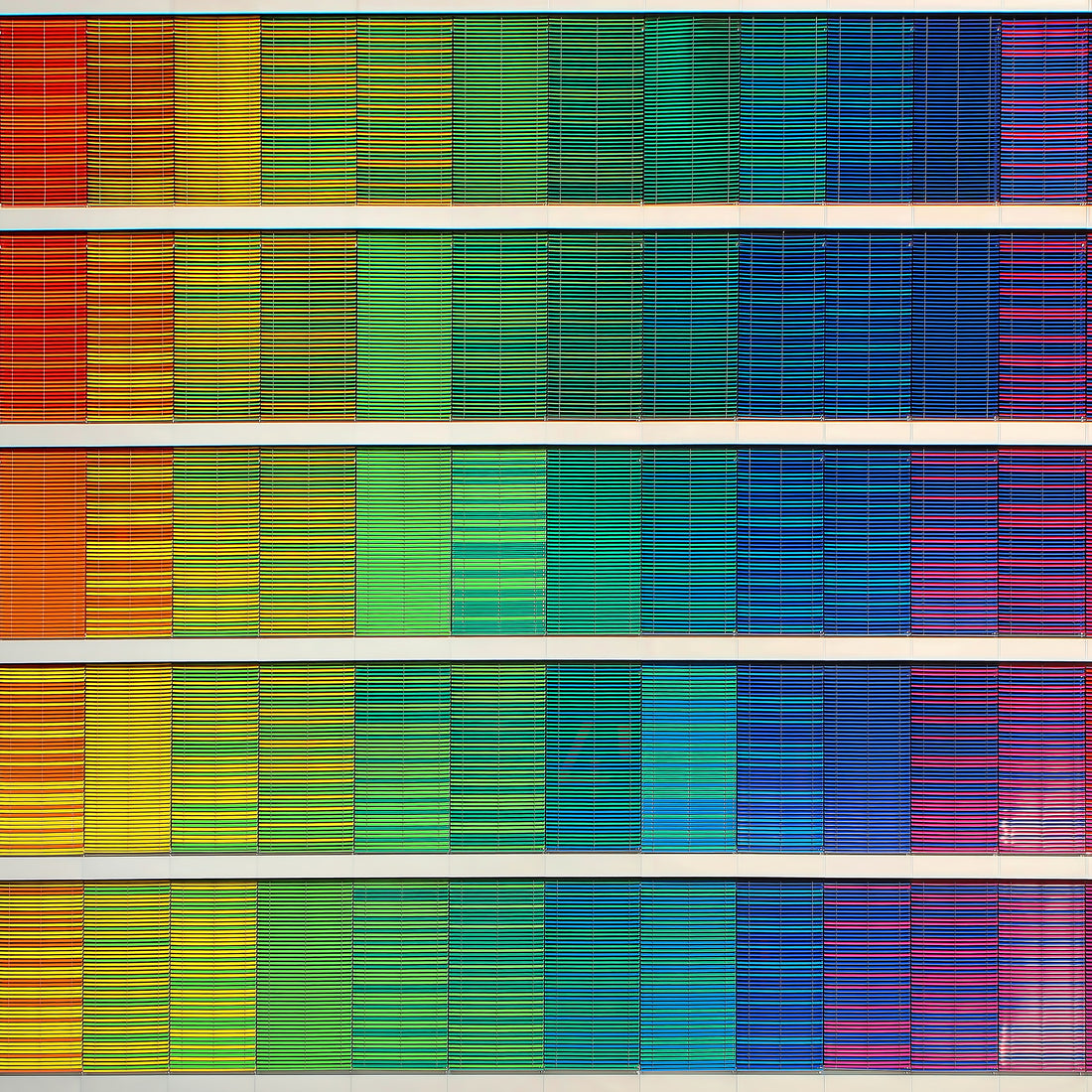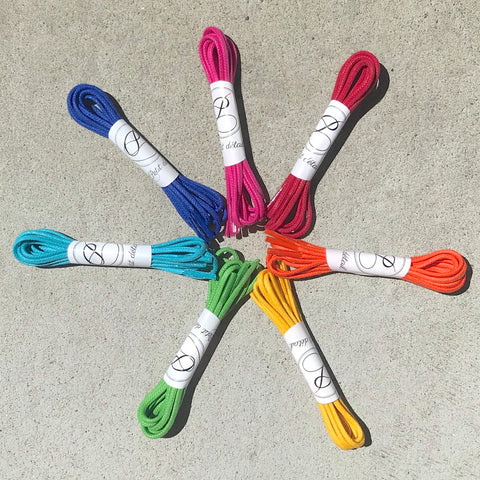
How to match the colours of your outfit?
Share
Indeed, even if you have found the clothes with the style and the cut that suit you, if their colours do not coordinate, you will never be able to wear them together.
Here are some tips to help you match the colours of your outfit.
The basic rules
To begin with, you must have in mind these 2 main principles:
- Opt for dark colours for the bottom and for lighter and “flashy” colours for the top, to illuminate your face.
- Combine a maximum of 2 to 3 colours throughout your outfit, accessories included, and play with 1 dominant colour and 1 to 2 secondary colours; we can of course add “neutral” shades such as black, white, beige, grey or even silver.
If you don't feel too comfortable with pairing colours, it's best to start with a neutral tone and combine it with small touches of a more prominent colour.
Combinations that work
To help you with colour matching, the colour wheel is the ideal tool. It allows you to understand the colours that go together.
The colour wheel is made up of 3 primary colours (Red, Yellow and Blue), 3 secondary colours obtained from the primary colours (Orange, Green and Purple) and 6 tertiary colours, resulting from the mixture between primary and secondary colours.

There are 3 main types of colour combinations that work every time:
-
Complementary colours
These colours are opposite on the colour wheel; for example, the complementary colour of Blue is Orange, that of Yellow is Purple, and that of Red is Green. Used together these colours create a harmonious contrast.

-
The monochrome
In this case, you choose only one colour and play with the different shades of this tone in your outfit and your accessories.
-
Similar colours
In this last harmony, the colours are very close, such as, for example, Yellow and Light Green, or Red and Brick Orange. It is a matter here of choosing a colour and associating with it the one(s) located next to it on the colour wheel.
This colour gradient can be seen as being close to a monochrome, but with more richness and pep for the eye.

Here are some examples of colour combinations that are sure to work:
- Electric Blue with Dark Yellow, Brown, Grey
- Petrol Blue with Dark Red, Dark Orange, Brown
- Turquoise Blue with Fuchsia Pink, Dark Purple, Brown, Beige
- Yellow with Blue, Purple, Brown, Black, Grey
- Orange with Blue, Yellow, Green, Brown, Grey
- Fuchsia Pink with Turquoise Blue, Chocolate, Grey
- Light Pink with Dark Green, pastel colours
- Red with Dark blue, Green, Black, Grey
- Green with Red, Orange, Brown
Colours and personality
The colour used in your clothes is a way to talk about yourself, to express your personality.
The colours of our clothes are also a kind of mirror of our mood. They are divided into 2 categories, warm colours and cold colours.

Warm colours evoke dynamism, energy, liveliness, joy.
Cold colours, on the other hand, reflect more of a calm, peaceful, serene mood and temperament, more turned towards oneself.
And if, despite these various tips, you still don't feel sure about your ability to manage colours, go for accessories!
The Petit détail laces are ideal to adapt to your mood and to bring an elegant and discreet touch of pep to your outfit!
To find out more about Petit détail laces: Your 100% Made in France laces
and on the customisation service: Your custom laces.
To discover all Petit détail collections : The waxed laces, The white laces in classic cotton for sneakers, The GOTS certified organic cotton laces.
Cover ©: Ricardo Gomez Angel, Unsplash

